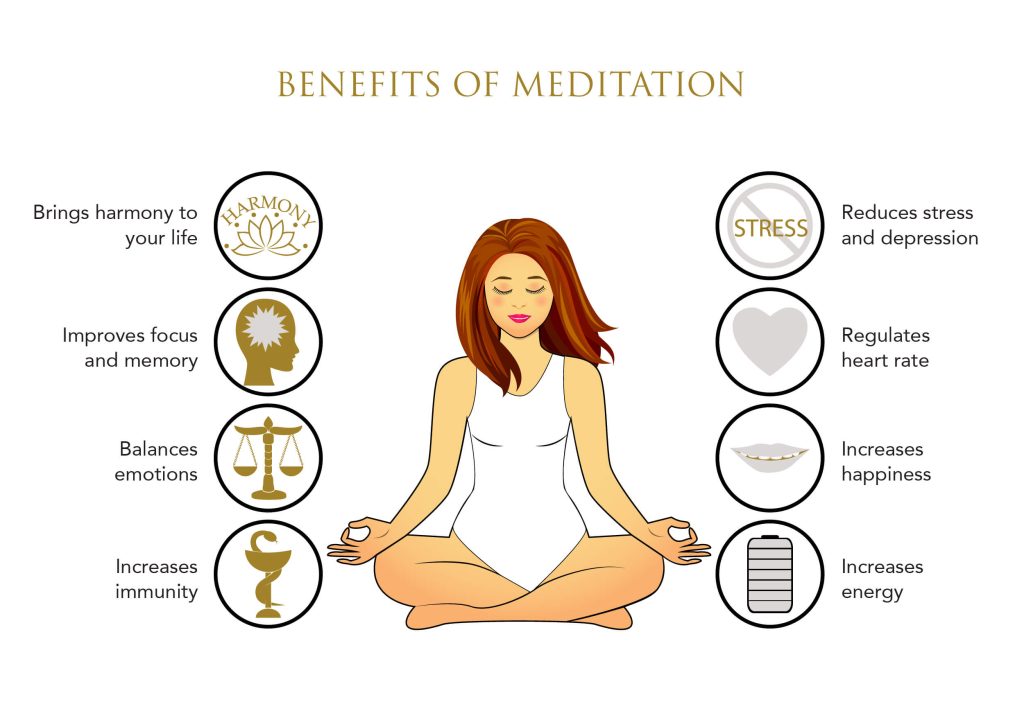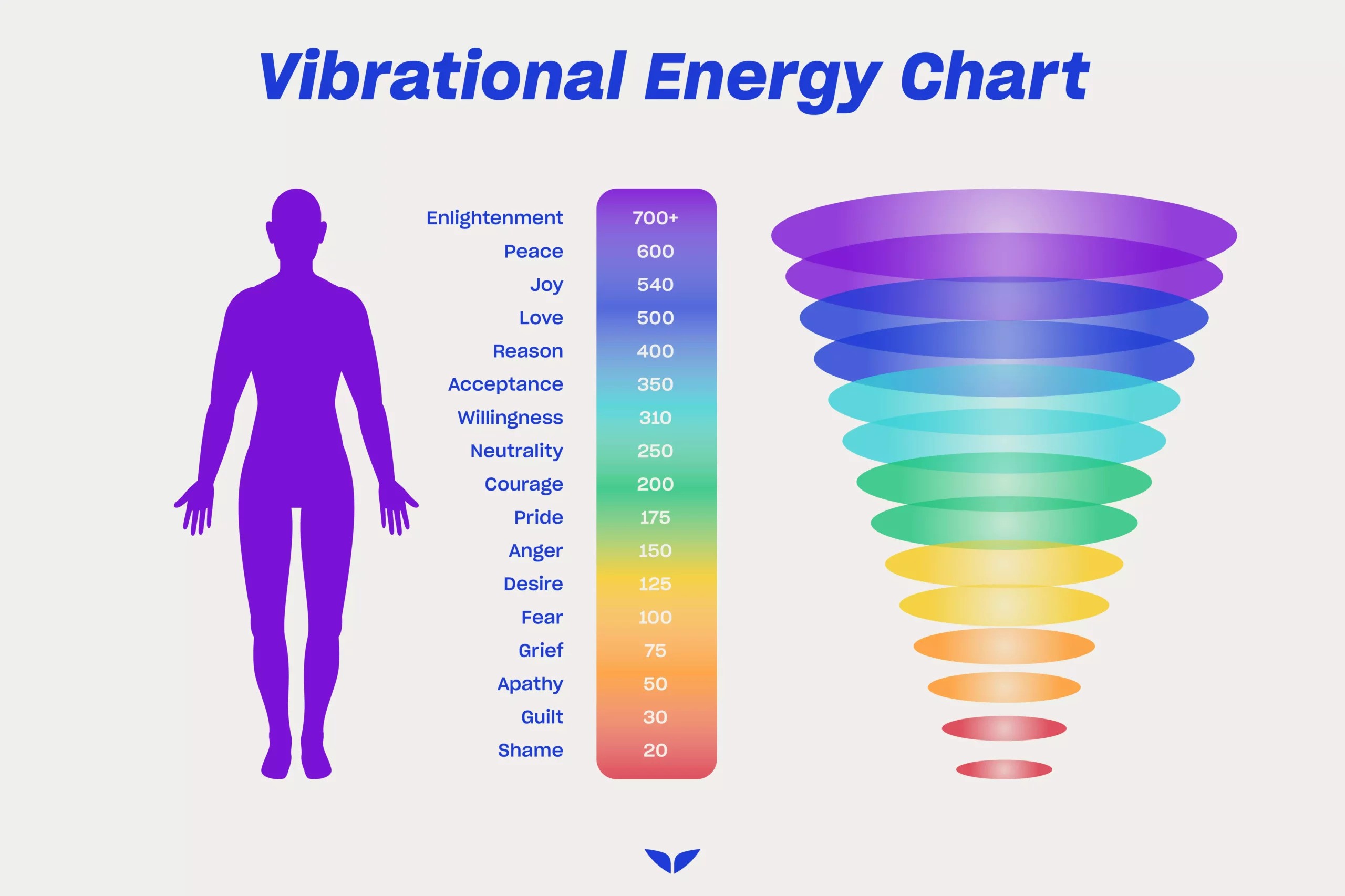How To Reduce Stress Through Meditation
When we are stressed throughout the day, our bodies immediately react in ways that prepare us to fight or run. Your body's stress reaction, often known as the fight-or-flight response, is activated in this way. This physical response can be beneficial in some circumstances of great danger. A continuous state of stress, on the other hand, can harm every portion of the body.
Meditation triggers the body's relaxation response, which has the exact opposite effect on the body as stress does. It helps the body recover itself and prevents additional damage from the physical impacts of stress by restoring the body to a peaceful condition. It can help you relax your mind and body by calming the stress-inducing thoughts that keep your stress response active.
How To Reduce Stress Through Meditation

Meditation can help you achieve a sense of quiet, peace, and balance, which can improve your emotional well-being as well as your general health.
And the advantages don't stop when you stop meditating. Meditation can help you stay calmer throughout the day and may even aid in the management of symptoms associated with some medical problems.
Here's how you get started with a simple meditation technique
Step 1: Lie down in a relaxed position.
Decide where you'll sit and how you'll sit. Many people prefer to sit in a comfy chair, while others prefer to sit on the ground cross-legged. You want to be able to unwind totally while being alert.
Make sure you're in good shape. When your back is straight, it is simpler to stay awake throughout long meditations. If you start your meditation practice with this in mind, your body will become accustomed to the position as you progress to longer sessions.
If you opt to sit in a chair, plant your feet firmly on the floor and sit toward the front of the seat. This will help you focus on your practice by improving your posture.
Step 2: Gently close your eyes.
When you've found a comfortable position, cast a soft stare into the distance, then softly lower your lids. Maintain a slack jaw and a slightly open mouth. All of your facial muscles should be relaxed.
Your goal at this point is to relax every muscle in your body. Take a deep breath and let it calm you if you're feeling tense in certain areas of your body.
Step 3: Put Thoughts Aside
While you may not be able to control your thoughts, you can limit the power they have on you. This doesn't mean you should ignore or suppress them; rather, be calm, take notice of them, and then utilize your breathing to bring yourself back to the present moment. Learning to do this during your meditation practice might also help you let go of things in your everyday life.
Step 4: Keep Going
Any thoughts that come to mind should be pushed aside. The longer you practice, the longer and more regular the silent gaps between thoughts will become.
Types of meditation to reduce stress
The following are some of the most popular, effective, and pleasurable stress-relieving meditations; try a few and find which one works best for you. Then, on a regular basis, practice your chosen meditations and watch your life transform.
1. Mindfulness Meditation
Increased awareness of the present moment is the goal of mindfulness meditation. It can be used anywhere and can provide long-term stress alleviation with practice. This easy meditation technique may be taught quickly and is often regarded as one of the easiest stress-relieving meditations.
There are a variety of mindfulness meditation practices that might help you relax and relieve stress.
Any activity in which you stay fully present, entirely, and non-judgmentally rooted ‘in the now' can be considered mindfulness meditation and, when done on a regular basis, can bring the advantages of meditation into your life.
2. Loving Kindness Meditation
Loving-kindness meditation is easy to do and has a lot of benefits for stress management and overall happiness. Here are some of the advantages of loving-kindness meditation.
This feel-good meditation technique, like most meditations, can be done in a variety of ways, but one particularly powerful variation involves focusing on oneself, close friends, and other loved ones in a specific structure.
3. Body Scan Meditation
It is usual to carry stress in the form of tension in the body when it occurs. We experience this stress so frequently that we forget to recognize it and carry it with us endlessly.
Physical tension can lead to an increase in emotional tension, resulting in a stress "feedback loop." The body scan meditation can help you become more aware of your physical tension while also assisting you in releasing it.
4. Mantra Meditation
Mantra meditation is one of the easier meditations to learn and has been shown to be an excellent stress reliever.
Some individuals may find it strange to repeat a word aloud or even under their breath, but mantra meditation can be beneficial for those who appreciate having a focused practice. Many mantra meditation techniques need you to silently recite the mantra. It also allows you to concentrate on a word whose meaning resonates powerfully with you, such as "hope."
Meditation tips for beginners
When you begin your mediation practice, keep these four things in mind.
1. Practice Doesn't Mean Perfect
It is more important to practice on a regular basis than it is to practice "perfectly." This means that instead of obsessing over what position to sit in, what method to try while sitting, how long to sit, or what time of day to meditate, you should just sit and meditate. The rest will fall into place if you just start, but if you feel compelled to figure out these specifics first, you may find it more difficult to get started.
2. Staying in the Present Is Hard
Even seasoned meditators find it difficult at times. Even those who have been meditating for years can struggle to stay present, which may come as a surprise. For everyone, this is entirely normal. Don't let that discourage you; it's all part of the meditation process.
3. Consistency Is Key
Longer practice is less important than consistent practice. This indicates that five minutes of meditation six times a week is preferable to 30 minutes once a week. The former can soothe your body's stress response multiple times per week, but the latter can calm your body into a deeper state of relaxation but only once.
Furthermore, you are more likely to maintain a regular meditation practice if you can begin with short, everyday sessions rather than feeling compelled to make time for lengthier sessions. This self-imposed pressure is more likely to result in you not finding time for it and then losing motivation to attempt.
4. It's OK for Your Mind to Wander
It's a positive sign if you catch your mind wandering. For some people, particularly perfectionists, meditation might be difficult. When our minds wander, we sometimes get into the trap of wanting to do everything "perfectly" and become upset with ourselves. It's important to remember that if you observe something happening, it's a good sign.
The primary aim of meditation is to notice and redirect your thoughts back to the topic of your meditation (your breath, the present moment, or whatever you choose as your focus). It's nearly hard to keep your attention from straying in the first place.
Conclusion
After just eight weeks of consistent practice, meditation has been scientifically demonstrated to help relieve stress.
Meditation has been proved in numerous studies to be an excellent stress-management tool, reprogramming the brain to the point where meditators have increased stress-management capacity (when meditation is a consistent, daily practice), knowing how to reduce stress through meditation is one of the best skills you can learn nowadays.




